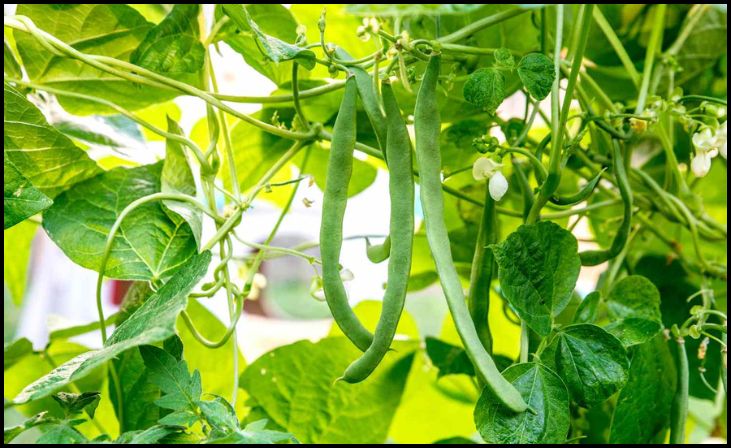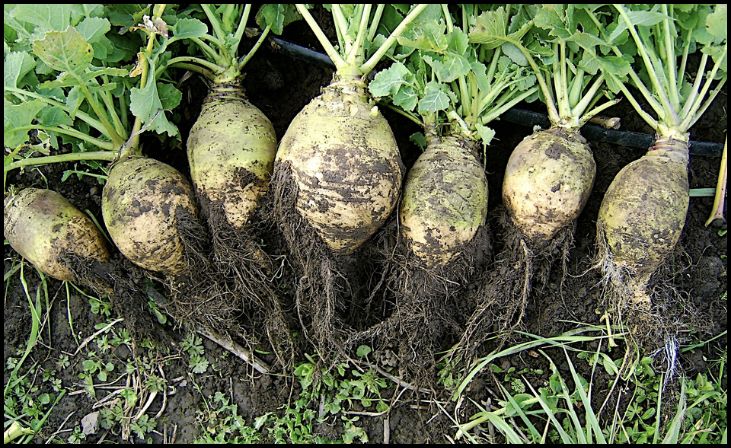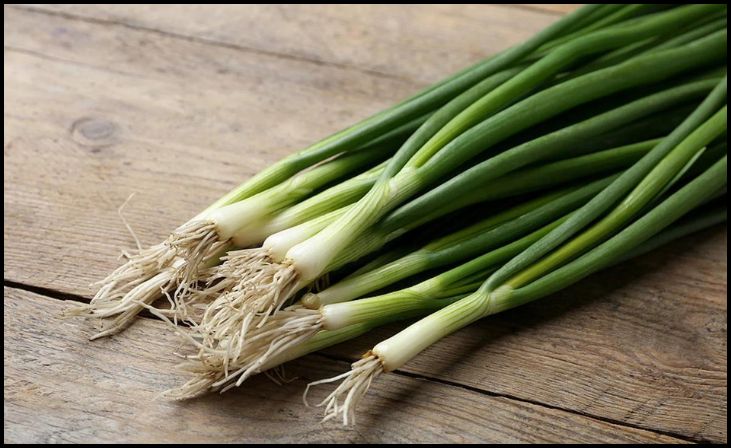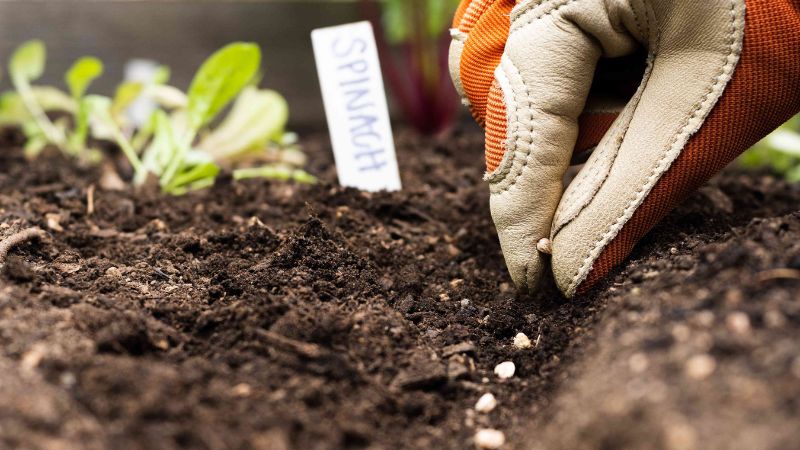Gardening in May can be incredibly rewarding as the soil warms up and the risk of frost diminishes. Whether you have a small backyard garden or a large plot, planting the right vegetables at the right time can ensure a bountiful harvest. Here are seven vegetables you should consider planting in May, along with our recommended sowing methods.
1. Corn

Corn thrives in warm soil and temperatures, making May the perfect month to start planting. Depending on your climate and USDA hardiness zone, you may need to adjust your sowing methods slightly.
Sowing Methods for Corn
- Greenhouse or Indoor Sowing: In cooler regions, sow maize seeds in a greenhouse or on a warm windowsill about two weeks before the final frost date. Transplant the seedlings outside once the soil temperature reaches at least 60°F.
- Direct Sowing: In warmer areas, you can directly sow corn seeds into the ground in May. Ensure the soil is well-drained and has warmed up to at least 60°F. Plant seeds about 1 inch deep and 12 inches apart.
2. French Beans

French beans, whether dwarf or climbing varieties, are ideal for May planting. They prefer warm soil and temperatures to germinate and grow vigorously.
Sowing Methods for French Beans
- Indoor Sowing: Start French beans indoors if you still expect frost. Once the danger of frost has passed, transplant the seedlings outside.
- Direct Sowing: Plant French beans directly in the garden once the soil temperature reaches 60°F. Space seeds 3 inches apart and 1 inch deep.
3. Kohlrabi

Kohlrabi is a fast-growing vegetable that can be sown successively to ensure a continuous harvest throughout the growing season.
Sowing Methods for Kohlrabi
- Direct Sowing: Sow kohlrabi seeds directly into the garden starting in early May and continue every few weeks until mid-August. Plant seeds about 1/2 inch deep and 4-6 inches apart.
- Succession Planting: This method allows for a steady supply of kohlrabi. Sow new seeds every three weeks to keep your harvest going.
4. Peas

Peas are versatile and can be grown for shelling, eating with the pod, or as sugar snap peas. They prefer cooler weather and can be planted as soon as the soil warms up.
Sowing Methods for Peas
- Indoor Sowing: Start peas indoors if the soil outside is still too cold and moist (below 45°F). Transplant seedlings once the weather warms up.
- Direct Sowing: Plant peas directly into the ground once the soil temperature reaches 45°F. Space seeds 1-2 inches apart and 1 inch deep.
5. Pumpkin

Pumpkins need a long growing season to mature, so planting in May gives them ample time to develop.
Sowing Methods for Pumpkin
- Indoor Sowing: In regions with shorter growing seasons, start pumpkin seeds indoors in pots in early spring. Transplant seedlings outside in June when the soil is warm.
- Direct Sowing: In warmer climates, sow pumpkin seeds directly into the garden in May. Plant seeds 1 inch deep and 3-4 feet apart.
6. Rutabaga

Rutabaga, also known as swede or Swedish turnip, is best planted in mid-spring to mid-to-late May in many regions.
Sowing Methods for Rutabaga
- Direct Sowing: Sow rutabaga seeds directly into the soil in mid-to-late May. Plant seeds about 1/2 inch deep and 6 inches apart. Ensure the soil is well-drained and rich in organic matter.
7. Spring Onions

Spring onions are quick-growing and versatile, making them a great addition to any garden. They can be harvested in as little as eight weeks.
Sowing Methods for Spring Onions
- Direct Sowing: Sow spring onion seeds directly into the garden in May. Plant seeds about 1/4 inch deep and 1 inch apart. Thin seedlings to 3 inches apart once they start growing.
- Succession Planting: For a continuous harvest, sow new seeds every three weeks.

